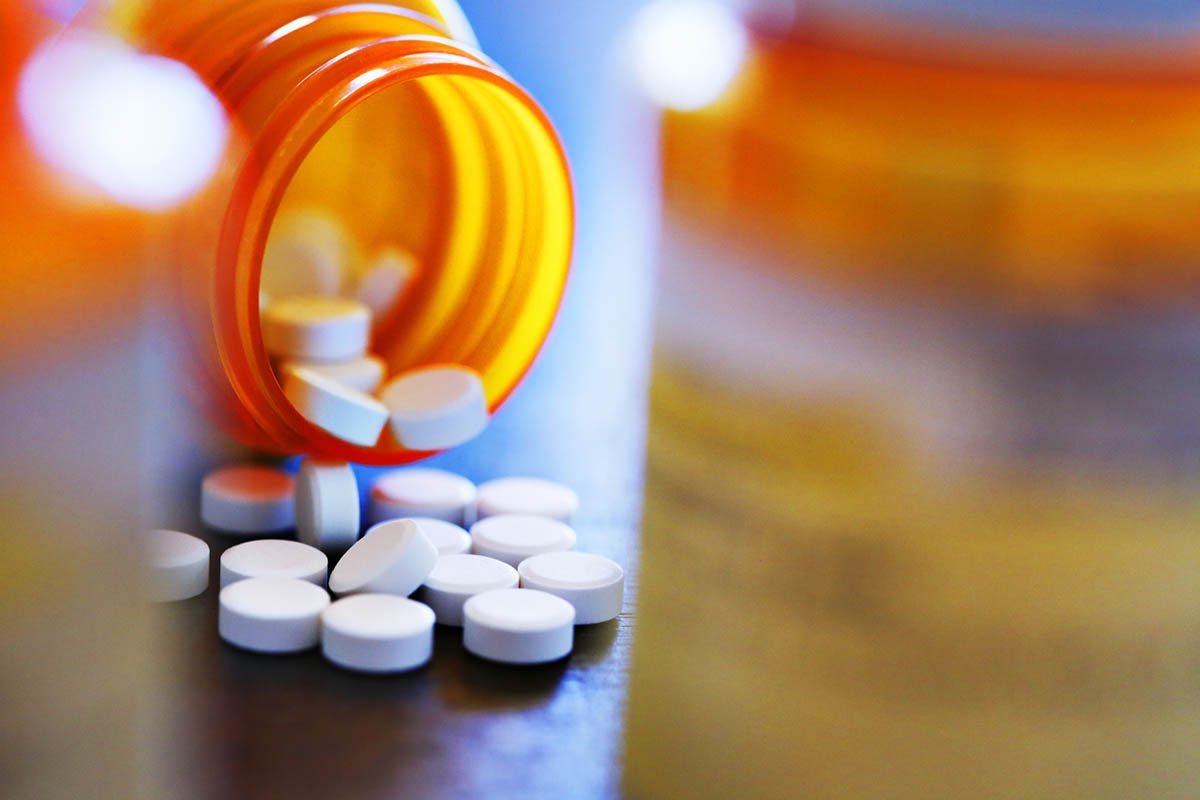A Case of Mouthwash as a Source of Ethanol Poisoning: Is There a Need to Limit Alcohol Content of Mouthwash?
To the Editor: Mouthwash poisoning in adults is an infrequent presentation to the emergency service. It has been described in children and has led to tighter policies for safety packaging of the mouthwash bottles. We report a case of mouthwash poisoning in the context of a suicide attempt in an adult man.
Case report. Mr A, a 53-year-old white man with a history of mouthwash ingestion as a suicide attempt, presented to the emergency department accompanied by police squad. He also had a history of DSM-IV bipolar disorder with psychosis. He reported consuming 2 large bottles of mouthwash about 12 hours before presenting to the emergency department. While in the emergency department, the patient continued to have suicidal ideation as well as visual and auditory hallucinations of a "pioneer and his family." He verbalized that the voices were telling him to follow them and kill himself. He was positive for depression per screening questions and had no homicidal ideation or paranoid thoughts. His medication list included haloperidol, lithium carbonate, metoprolol, paliperidone palmitate, and temazepam. He had multiple suicide attempts in the past with mouthwash ingestion, the last one being 7 months ago. He had a history of alcohol abuse, but reported that he had not consumed any alcohol for the past 5 weeks. He smoked 1 pack of cigarettes per day for past 20 years. The patient lives in a group home and takes psychiatric medications as directed.
Physical examination revealed him to be well-nourished. He was anxious but in no distress. Vital signs were as follows: blood pressure, 117/82 mm Hg; pulse, 80 beats/min; respirations, 16 breaths/min; temperature, 36.1°C (97°F). The pupils were 3 mm, equal, and reactive, and findings of the rest of his physical examination were within normal limits. Mr A was oriented to time, place, and person. His speech was fluent and non-dysarthric; cranial nerves were intact. Sensory and motor examination revealed no abnormalities. Cerebellar examination revealed a slightly unsteady gait and inability to do heel-toe walk, and there was finger-to-nose dysmetria. Deep tendon reflexes were within normal limits. Laboratory studies revealed complete blood cell count, thyroid-stimulating hormone levels, and free T4 levels to be within normal limits, and no abnormalities were found via electrocardiogram. No significant abnormalities in electrolytes were found. Serum chloride level was 114 mmol/L, serum carbon dioxide level was 19 mmol/L, the ratio of blood urea nitrogen to creatinine was 8.1; anion gap was 11 mmol/L, which is the upper limit of the normal range. Urinary ethanol level was 157 mg/dL. Computed tomography scan of the head revealed no abnormalities.
During the course of hospitalization, Mr A was consulted by the psychiatry service. Besides being depressed and having some paranoid thoughts for the past few weeks, he did not report any other major mental health concerns.
Ethanol is contained in a number of mouthwashes in a concentration typically between 5% and 27% of volume. Mouthwashes contain a variety of active and inactive ingredients. The ingredients of mouthwash include antibacterial agents, at least 50% water, stabilizers for non-water soluble ingredients, substances to improve palatability and stability, and preservatives to increase shelf-life. Ethanol is used in some mouthwash formulas as a solubilizer, stabilizer, preservative, and sensory cue with a distinctive taste as well as an antiplaque efficacy enhancer (adjuvant effect). Conflicting evidence exists regarding chronic mouthwash usage and its implication in causing oral cancers. A recent review article1 does not support the link between chronic mouthwash usage and oral cancers. There is also a concurrent rise in reports of ethanol abuse from household products such as mouthwashes, hand sanitizers, diphenhydramine syrup, aftershave lotions, and cosmetic products. Such abuse has been demonstrated in a case report2 of a female with acute ethanol ingestion whose blood ethanol levels remained persistently elevated due to secret ingestion of mouthwash in the hospital.
There is a case report3 of fatal mouthwash poisoning in an adult that was believed to be due to the phenolic compound in the mouthwash. In 2009, McLay et al4 described mouthwash with alcohol content between 15% and 21% as a source of substance abuse in combat theaters. They described a case of psychosis due to mouthwash.
A recent review5 demonstrated that ingestion of household products containing alcohol, especially mouthwashes and hand sanitizers, by children is still a major health concern. There is a relative decrease in incidence associated with child-resistant caps for the products. Even ethanol amounts as small as 1 ounce6 can produce deleterious effects such as hypoglycemia, seizures, and death in children. Children are more sensitive than adults to the effects of ethanol, and irritability might be the initial clue for the overdose; children are also more prone to hypoglycemic episodes. In children, tighter packaging has reduced the incidents of ingestion. In adults, however, there is increasing evidence that mouthwash is becoming a source of ethanol, with a preponderance of users being substance-dependent people.
Hence, it is prudent to reduce the alcohol content of household nonbeverage ethanol products. Further research is mandated in the direction of contents of household products that can be potential sources of abuse and poisoning. It is also imperative for physicians to be vigilant about such sources of ethanol and advise their patients accordingly.
References
1. Lachenmeier DW. Alcohol-containing mouthwash and oral cancer—can epidemiology prove the absence of risk? Ann Agric Environ Med. 2012;19(3):609-610. PubMed
2. Khan F, Alagappan K, Cardell K. Overlooked sources of ethanol. J Emerg Med. 1999;17(6):985-988. PubMed doi:10.1016/S0736-4679(99)00134-1
3. Soo Hoo GW, Hinds RL, Dinovo E, et al. Fatal large-volume mouthwash ingestion in an adult: a review and the possible role of phenolic compound toxicity. J Intensive Care Med. 2003;18(3):150-155. PubMed doi:10.1177/0885066602250783
4. McLay R, McBrien C, Kleyensteuber B, et al. Intoxication with mouthwash presenting as psychosis and delirium in a combat theater. Mil Med. 2009;174(8):828-831. PubMed
5. Rayar P, Ratnapalan S. Pediatric ingestions of house hold products containing ethanol: a review. Clin Pediatr (Phila). 2013;52(3):203-209. PubMed doi:10.1177/0009922812470970
6. Massey CC, Shulman JD. Acute ethanol toxicity from ingesting mouthwash in children younger than age 6, 1989-2003. Pediatr Dent. 2006;28(5):405-409. PubMed
Author affiliations: Division of Infectious Diseases (Dr Kolikonda) and Department of Gastroenterology (Dr Sriramula), University of Louisville, Louisville, Kentucky; and Department of Psychiatry (Drs Dannaram and Sharma), University of Nebraska Medical Center (Dr Joseph), Lincoln.
Potential conflicts of interest: None reported.
Funding/support: None reported.
Published online: February 20, 2014.
Prim Care Companion CNS Disord 2014;16(1):doi:10.4088/PCC.13l01581
© Copyright 2014 Physicians Postgraduate Press, Inc.



